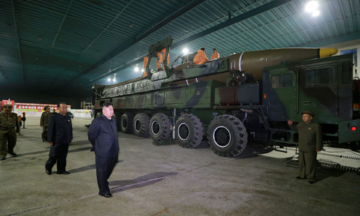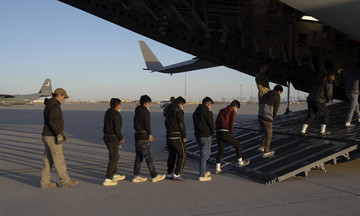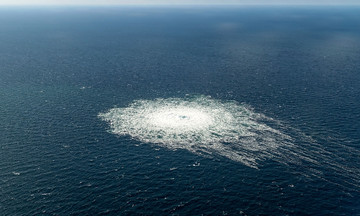The Ukrainian Air Force reported the loss of an F-16 fighter jet during a large-scale Russian missile and drone attack on the night of 28/6. Pilot Maxim Ustimenko was killed in the incident.
The aircraft reportedly shot down 7 targets before being damaged while engaging an 8th, causing it to lose altitude. The pilot steered the plane away from a populated area but was unable to eject.
This marks the 4th F-16 lost by Ukraine since the beginning of the conflict. The most recent loss occurred in mid-May, also during an engagement with Russian drones, though the pilot ejected safely.
Since receiving its first F-16s in August 2024, Ukraine has primarily used them for air defense, although they were seen in a ground-attack configuration in February.
In air defense operations, Ukrainian pilots fly F-16s above incoming Russian cruise missiles and drones, gaining a better vantage point and attack angle compared to ground-based air defense radar.
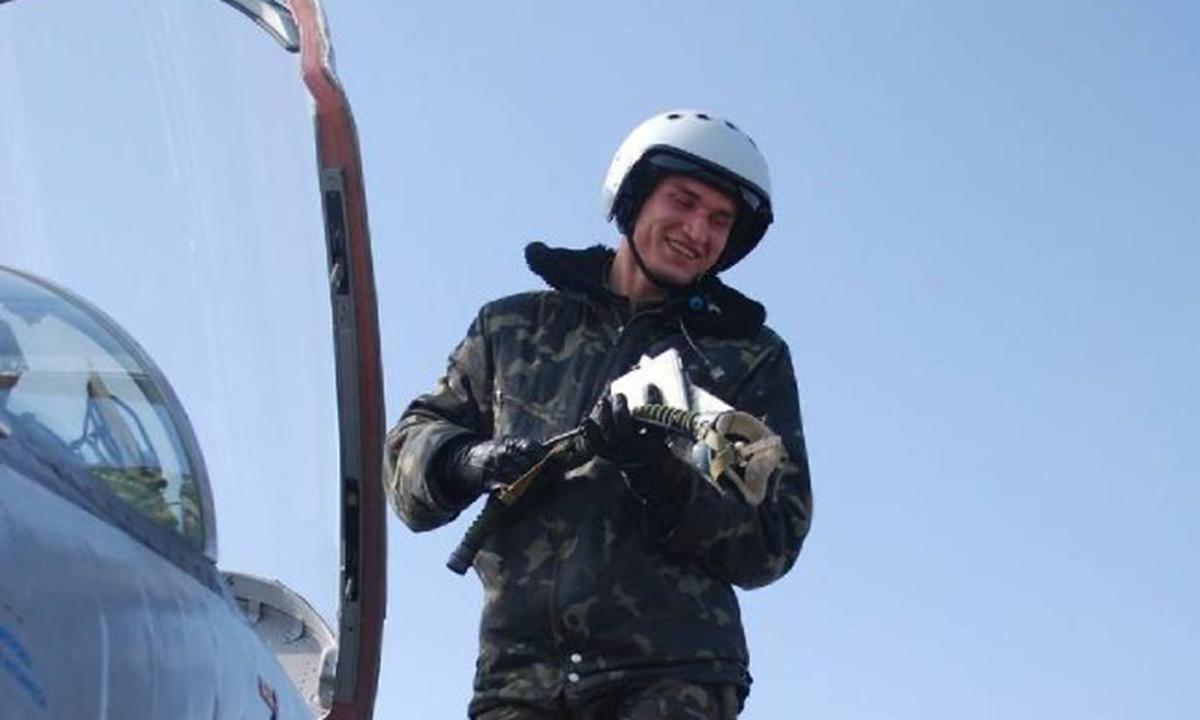 |
Pilot Maxim Ustimenko in a photo posted on 29/6. Photo: RBC Ukraine |
Pilot Maxim Ustimenko in a photo posted on 29/6. Photo: RBC Ukraine
The AN/APG-66(V)2A radar on Ukraine's F-16s is better at detecting low-flying objects than the radar systems on Soviet-era fighters like the MiG-29 and Su-27. The F-16's AIM-120 AMRAAM air-to-air missiles, with their active radar homing, can also effectively intercept drones with small radar cross-sections.
However, the F-16 is primarily designed for air-to-air combat and ground attack missions, not dedicated air defense. Using expensive F-16s, costing 30-35 million USD each, against much cheaper drones has drawn criticism from some officials.
"If Ukraine doesn't develop an anti-drone system and continues sending highly trained pilots in expensive fighters to do this job, it means we're sending our pilots and precious aircraft to their deaths," Ukrainian Member of Parliament Mariana Bezugla wrote on X.
Denmark, the Netherlands, Norway, and Belgium pledged a total of 85 US-made F-16s to Ukraine in 2023, but the exact number delivered remains unclear.
Few Ukrainian pilots are trained to fly the F-16, and each loss is a significant blow to the air force. The training required to become proficient on the F-16 takes about a year, making it difficult for Kyiv to quickly replace lost pilots.
The risks to F-16s have increased with Russia's larger-scale attacks, combining drones with advanced missiles, including the Kinzhal, which can reach speeds of Mach 10 (about 12,000 km/h), ten times the speed of sound.
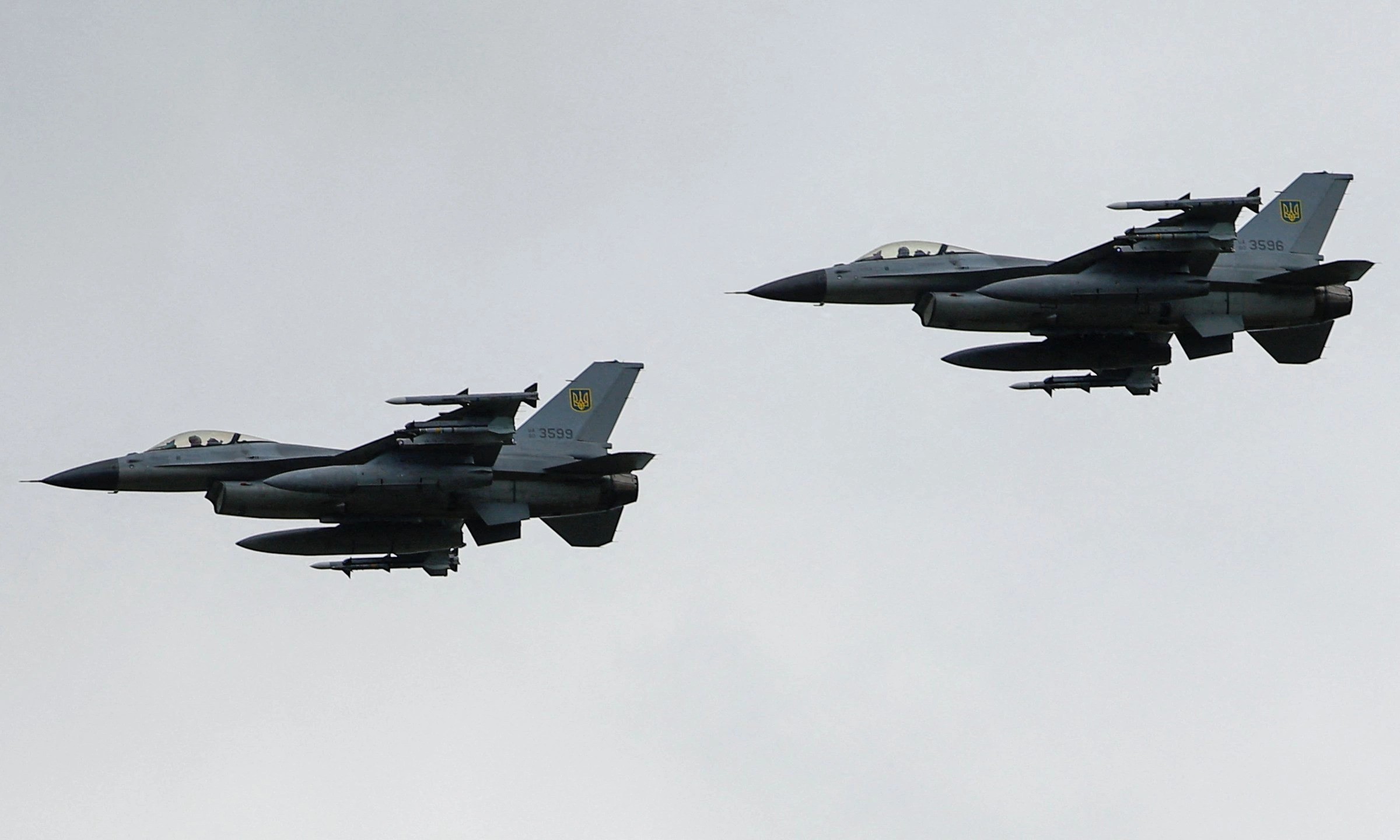 |
Ukrainian F-16 fighter jets perform a flyover on 4/8/2024. Photo: Reuters |
Ukrainian F-16 fighter jets perform a flyover on 4/8/2024. Photo: Reuters
The attack on the night of 28/6 was Russia's largest air assault since the conflict began, involving 477 drones and 60 missiles. President Volodymyr Zelensky reported that Russia had used over 1,270 drones and 114 missiles against targets in Ukraine in just the past week.
"Ukraine's loss of a 4th F-16 highlights the risks of over-reliance on this fighter for drone interception," writes Boyko Nikolov of Bulgarian Military.
"This incident may force Ukraine to re-evaluate its F-16 usage, potentially limiting its deployment against large-scale drone attacks to preserve it for higher-priority missions, such as engaging Russian fighter jets or strategic targets," Nikolov added.
German newspaper Bild reported that on 7/6, Ukrainian F-16s, working with a Saab 340 early warning aircraft, shot down a Russian Su-35S fighter jet over Kursk Oblast using an AIM-120 AMRAAM missile with a range exceeding 160 km. However, the Ukrainian Air Force has not confirmed the weapon used.
Nikolov also suggests Ukraine might temporarily ground its F-16s to analyze the causes of these losses and develop solutions. President Zelensky announced an investigation into the latest F-16 crash but provided no details.
If Ukraine reduces F-16 use in air defense, the burden will fall back on ground-based systems: IRIST-T, NASAMS, Patriot, SAMP-T, and older fighters like the MiG-29. However, Soviet-era fighters are generally less effective in this role than the F-16, and Ukraine faces a severe shortage of interceptor missiles.
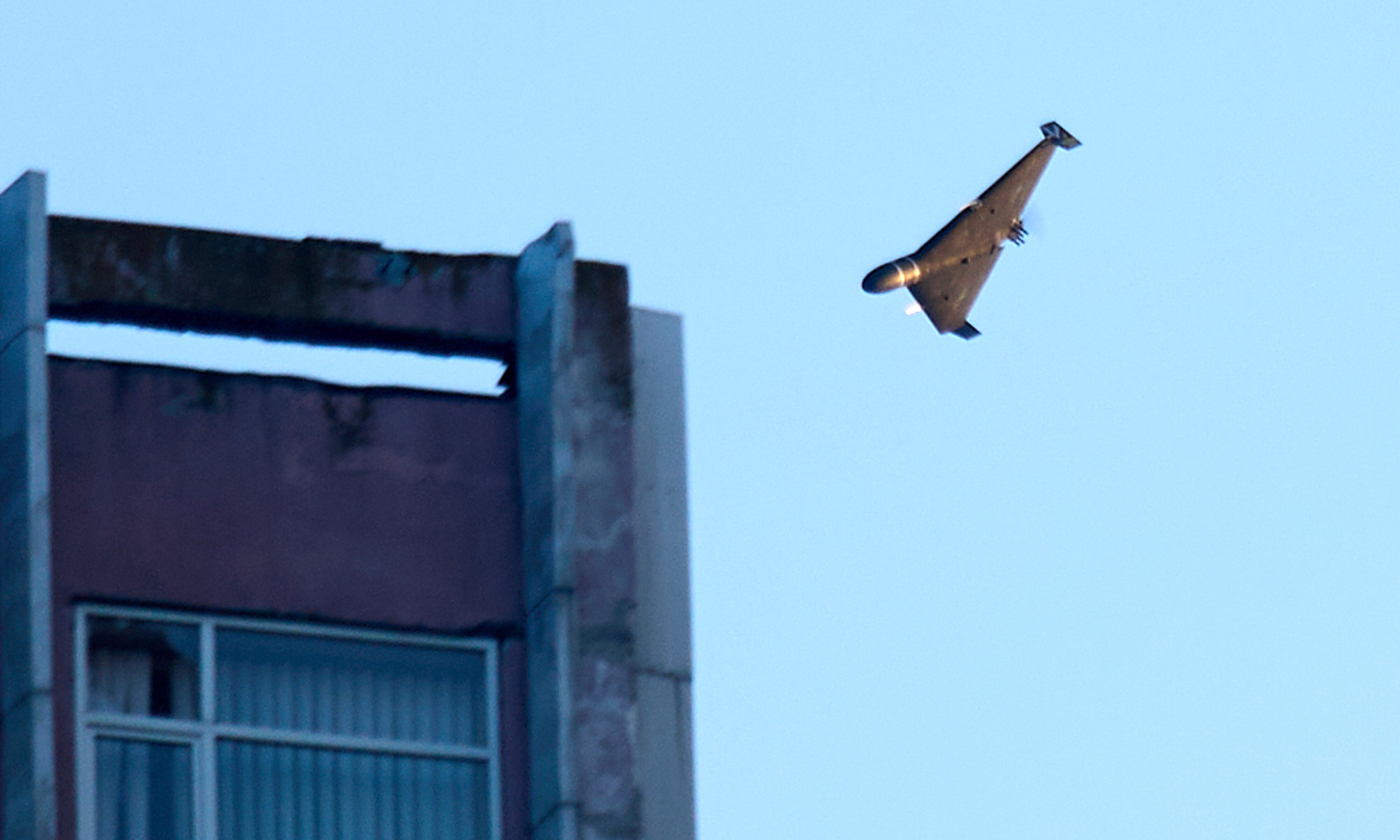 |
A drone strikes a building in Kyiv on 17/6. Photo: AP |
A drone strikes a building in Kyiv on 17/6. Photo: AP
French newspaper Le Monde, citing anonymous Ukrainian sources on 26/5, reported that Ukraine has no missiles left for its two SAMP/T batteries and hasn't received ammunition for its Crotale short-range air defense system in 18 months.
President Zelensky has repeatedly called for more Patriot systems from the West. US Senator Marco Rubio stated in May that this is challenging due to production limitations and the unwillingness of other allies to provide more to Ukraine.
Meanwhile, Ukraine's mobile anti-aircraft gun units, once a cost-effective solution against drones, have become less effective as Russia has modified its suicide drones to fly at higher speeds and altitudes, beyond the range of these guns.
Nikolov suggests that in the long term, Ukraine should invest more in electronic warfare, which helped neutralize many Russian drones in the attack that led to the F-16 loss, as well as other methods: laser weapons and interceptor drones.
"Ukraine's adoption of similar technologies would reduce pressure on its F-16 fleet, allowing it to focus on high-value targets," the Bulgarian Military writer states.
Pham Giang (Bulgarian Military, Guardian, Ukrainska Pravda)






